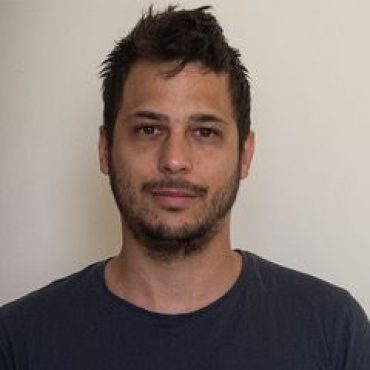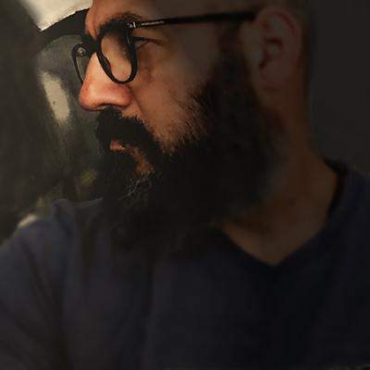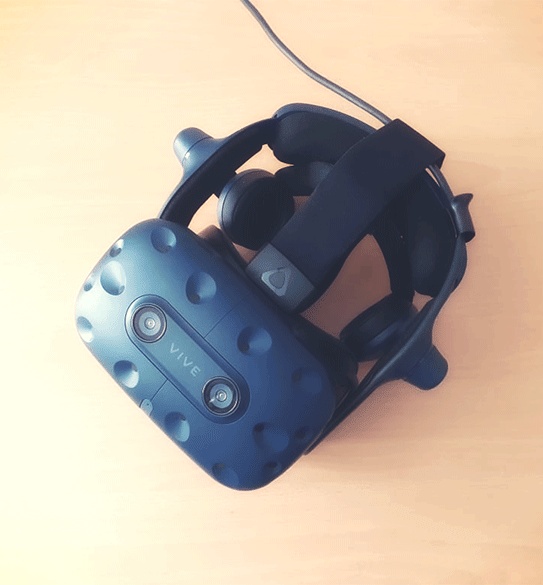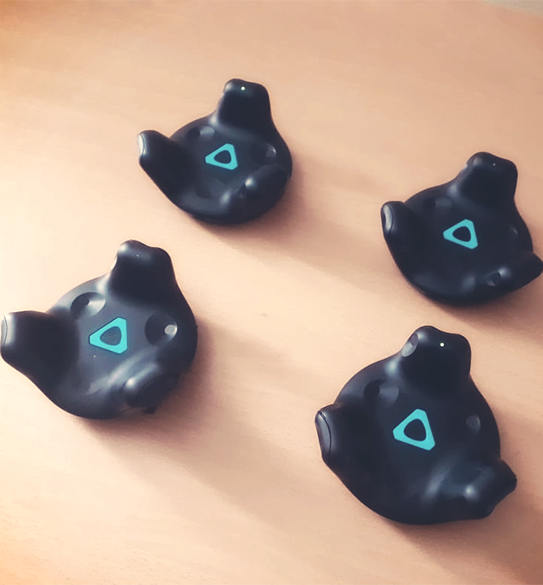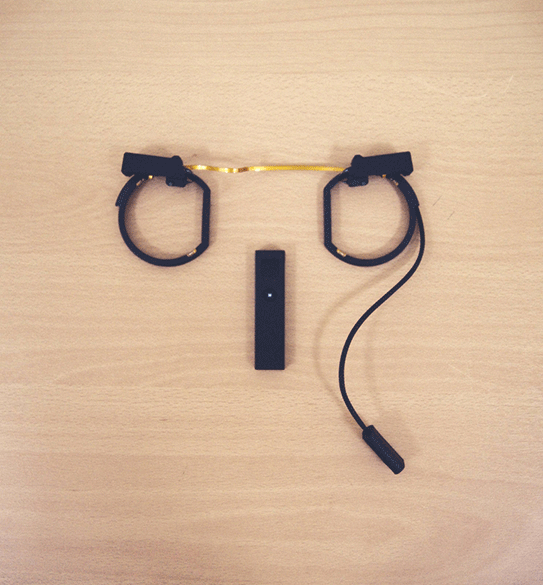




OVERVIEW
About
metaVR is an academic research project supported by the Hellenic Foundation for Research and Innovation (H.F.R.I.) under the “First Call for H.F.R.I. Research Projects to support Faculty members and Researchers and the procurement of high-cost research equipment grant” (Project Number: HFRI-FM17-1168). It is a collaboration between the University of the Aegean Departments of Product and Systems Design Engineering and Cultural Technology and Communication, located on the Greek islands of Syros and Lesbos, respectively.
Objectives
Structure
The project began in 2019 and is expected to finish in 2022. It is implemented in two successive phases. The first phase involves laboratory testing of relevant systems, including investigation of limitations, capabilities, functionality and performance. The second phase will examine the social and psycho‐emotional impact of nonverbal communication, during immersive VR‐based synchronous interaction.
Impact
The interdisciplinary approach of metaVR responds to the imperative need of investigating the impact of the usage of VR systems as a communication medium. The methodological implementation provides a testament of functionality and commercial potential of newly developed tracking technologies, as well as a testbed for experimental setups with similar research objectives. The metaVR project initiates a deeper evaluation of emerging technologies and their societal impact and proposes a roadmap as to how VR may serve as a methodological tool for the ocio‐psychological analysis of human communication, by documenting cost‐effective solutions for complex experimental setups and realistic simulation of face-to-face communication.
RESEARCH TEAM
The metaVR research team supports the project’s interdisciplinary approach by having variant academic backgrounds and technological expertise. Members of the research team are affiliated with the Interactive Systems Design Laboratory (Department of Product and Systems Design Engineering) and the Image, Sound and Cultural Representation Laboratory (Department of Cultural Technology and Communication), both under the University of the Aegean as the host institution of the metaVR research project.
TECHNICAL SETUP
Evaluation and experimental setups of the metaVR project will cater the synchronous interpersonal communication of at least two – per session/test – participants, each located at one of the two collaborating laboratories. Both research laboratories are equipped with the VICON motion capture system and other immersive and motion tracking technologies.
RESULTS
Using High Fidelity Avatars to Enhance Learning Experience in Virtual Learning Environments
In this study, we investigate the performance of a multi-user Virtual Reality Learning Environment (VRLE), incorporating high-fidelity avatars, as a tool for enhancing learning experience in VLEs
Department of Product and Systems Design Engineering
Interactive Systems Design Lab
1 Konstantinoupoleos, Ermoupoli, Cyclades, Greece.
mail : metavr(at)aegean.gr
Department of Cultural Technology and Communication
Image, Sound and Cultural Representation Lab
University Hill, Postal Code 81100, Mytilene, Greece
mail : curepvr(at)aegean.gr


